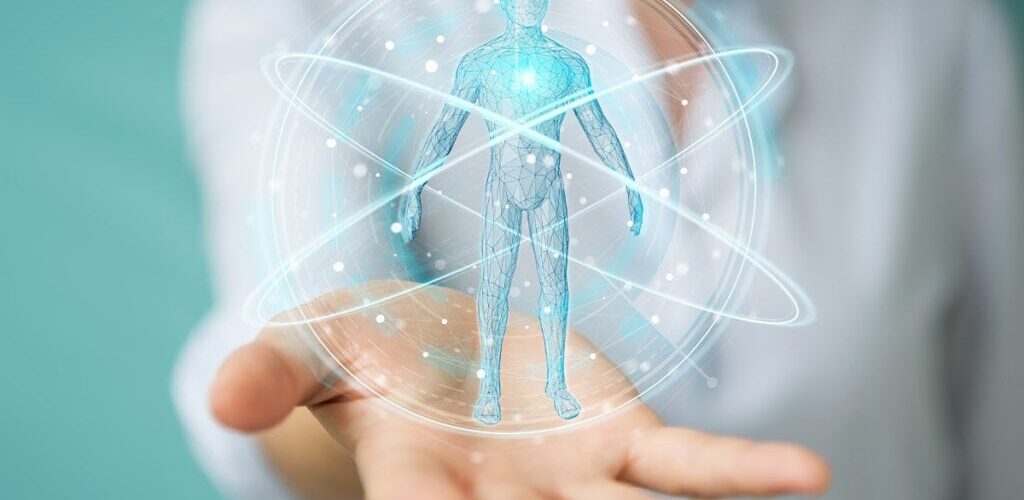Homeostasis mainly relies on feedback alterations, which alter homeostasis. Homeostasis depends on negative feedback loops; therefore, anything that interferes with feedback mechanisms can alter homeostasis and is proven.
Homeostasis is the state of balance between all the body systems necessary to survive and function properly. Such as: heart rate, blood pressure, respiratory rate, blood pH, body temperature and the osmotic concentration of body fluids. In this way, homeostasis always tries to restore the normal state of an organism, but when this is not achieved, stress can cause an alteration which leads to illness or even death.
The organs work together to maintain the correct homeostasis of the body (respiratory, circulatory, endocrine, excretory, immunological, reproductive, digestive, nervous and locomotor systems).
Negative feedback
Homeostatically controlled body systems are maintained by negative feedback loops in a small range around a reference value, and any change or deviation from those normal values is counteracted.
Negative feedback, for example, is the regulation of blood pressure. When receptors detect an increase in pressure, they send a message to the brain, which in turn sends messages to the heart and blood vessels. As a result, the heart rate decreases and the blood vessels increase in diameter, causing the blood pressure to drop to a value within the range around the reference value.
Positive Feedback
Positive feedback is the complete opposite of negative feedback, that is, a process by which the body detects a change and activates mechanisms that accelerate that change. This can also help homeostasis, but in many cases it produces the opposite effects and is life-threatening.
Anterofeeding
Anterofeeding looks for events that have not occurred and uses them to predict behavior.
When does homeostasis occur?
Our body is constantly monitoring itself and the environment, detecting any changes that could threaten our balance. When a deviation is detected, regulatory mechanisms are activated to correct the problem and restore homeostasis.
Importance:
The balance between the different components that make up the body is essential to maintain good health. To achieve this balance, the body has a series of self-regulatory resources that together are called homeostasis. It allows the body to adapt to both internal and external changes, guaranteeing the stability necessary for the correct functioning of systems and organs.
Homeostasis is responsible for adapting our body to changes in the environment to help its survival. Not only on a physical level, but also mentally. A balanced internal environment can improve your mood, your ability to concentrate or your intellectual performance.
Diseases that develop with alterations in homeostasis are:
Diabetes, hypertension or hormonal disorders can alter the proper function of our body. In addition, autoimmune diseases can attack and damage the organs responsible for maintaining homeostasis, such as the kidneys, liver or endocrine system.
External alterations of homeostasis are:
- Loss of consciousness.
- Loss of muscle tone.
- Loss of protective reflexes.
- Alteration of thermoregulation.
- Respiratory depression.
- Cardiovascular depression.
Consequences of loss of homeostasis:
Homeostatic imbalances produce diseases such as: diabetes, dehydration, and hypo/hyperglycemia.
Examples of homeostasis
- Perspiration. In this process, the secretion of liquid substances on the skin is recorded.
- Breathing.
- Escape from the sun.
- Regulation of blood pressure.
- Acceleration of breathing.
- Maintenance of glucose levels.
- Water levels.
- Regulation of blood pH.
FONT
http://www.facmed.unam.mx/Libro-NeuroFisio/FuncionesGenerales/Homeostasis/Homeostasis.html







